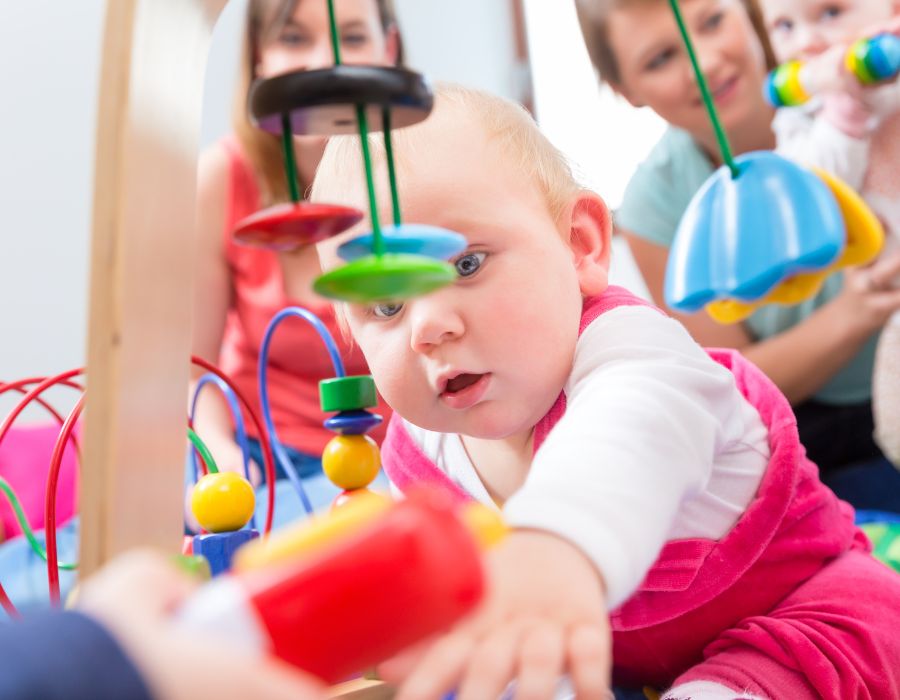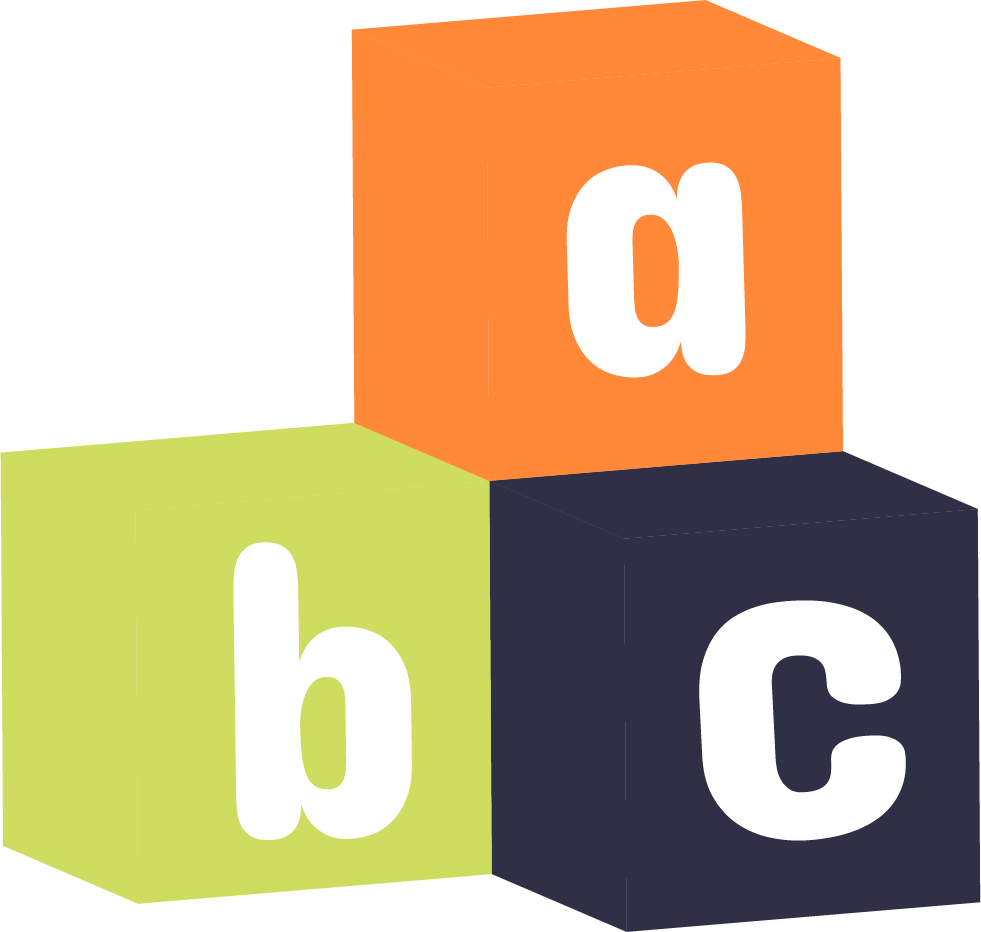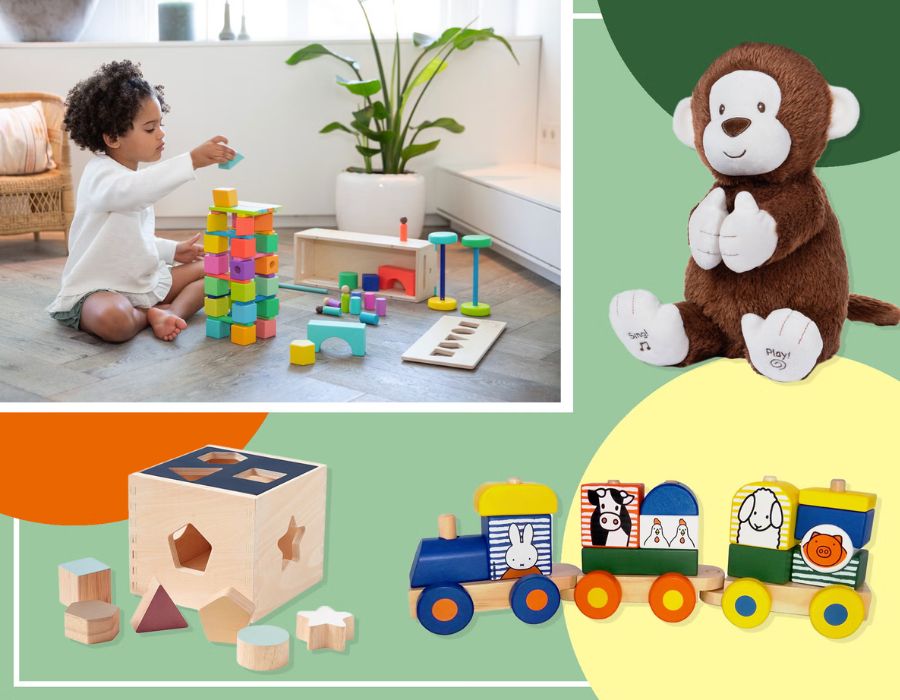Connecting childhood with educational toys meaning
Educational toys hold a special place in the realm of childhood development, providing more than just a source of entertainment. In this exploration, we delve into the meaning and impact of educational toys, understanding their historical roots, purpose, types, and their crucial role in early learning.
Educational toys meaning
Educational toys definition: Educational toys, also known as instructive toys, are play objects specifically crafted for children with the primary aim of fostering learning. These toys serve an educational purpose, guiding children in developing specific skills or gaining knowledge about particular subjects. Often, they emulate, simplify, or miniaturize activities and objects commonly used by adults.
Despite children consistently engaging with and learning from their surroundings, not all objects they encounter qualify as toys. Toys, by definition, are purposely constructed for children’s use. While a child might glean knowledge from interacting with a rock or a stick, these natural objects wouldn’t be categorized as educational toys. This distinction arises because they lack intentional design for educational purposes.
The critical divergence lies in the perceived or actual intention and value of the toy. An educational toy is explicitly crafted to educate, instruct, and promote intellectual, emotional, or physical development. Its purpose extends beyond mere play; it aims to teach a child about a specific subject or facilitate the development of particular skills. In contemporary times, an increasing number of toys are thoughtfully designed with the child’s education and overall development in mind, marking a notable shift in the landscape of children’s playthings.

The progression of educational toys over time
Tracing the evolution of educational toys reveals their deep-seated roots in human culture. From simple wooden blocks to sophisticated STEM kits, these toys have adapted over time, aligning with the changing educational paradigms.
The history of educational toys is a fascinating journey that mirrors the evolution of both childhood and pedagogy. From humble beginnings to the sophisticated playthings of today, these toys have played a crucial role in shaping the way children learn and develop. Let’s embark on a chronological exploration of the development of educational toys.
1. Ancient Roots:
The earliest instances of educational toys can be traced back to ancient civilizations. Archaeological findings reveal artifacts like primitive dolls, animal figures, and simple board games, suggesting that even in ancient times, adults recognized the importance of play in a child’s development.
Unveiling the concerns and importance of educational toys for Educational Toys
2. Renaissance and Enlightenment Eras:
During the Renaissance and Enlightenment periods, there was a surge in interest in childhood education. Toys started to take on more structured forms, with educational value being emphasized. This era saw the emergence of alphabet blocks, puzzles, and maps designed to engage young minds in playful learning.
3. Industrial Revolution and Mass Production:
The Industrial Revolution brought about a significant shift in the production of toys. Mass manufacturing allowed for the creation of more affordable toys, making them accessible to a broader audience. Educational toys, including building blocks and simple science kits, became more commonplace in households.
4. Early 20th Century:
The early 20th century witnessed the rise of iconic educational toys that have stood the test of time. Construction toys like LEGO sets made their debut, offering children a hands-on way to explore engineering principles. Educational board games, such as Scrabble, became popular for promoting language skills.
Cracking the code what makes a toy educational
5. Mid-20th Century:
With advancements in psychology and child development studies, educational toys became more finely tuned to address specific learning milestones. Electronic toys, such as educational computers and electronic learning pads, made their entrance, introducing children to technology in an educational context.
6. Late 20th Century to Present:
The late 20th century saw a surge in the variety and sophistication of educational toys. STEM (science, technology, engineering, and mathematics) toys gained prominence, reflecting the growing emphasis on these disciplines in education. Interactive and multimedia educational toys further integrated technology into play, providing immersive learning experiences.
7. Technological Revolution:
In the 21st century, the technological revolution brought about a paradigm shift in educational toys. Augmented reality, virtual reality, and smart toys emerged, offering interactive and personalized learning experiences. These toys leverage cutting-edge technology to engage and educate children in ways previously unimaginable.
8. Customization and Inclusivity:
Contemporary educational toys emphasize customization and inclusivity. Many are designed to accommodate diverse learning styles and abilities, ensuring that children with varying needs can benefit from play-based learning experiences.

Which age-appropriate educational toys are suitable for each developmental stage?
Babies and Playthings
Infants possess an innate curiosity, eager to explore the intricacies of the world unfolding around them. Each new shape, color, texture, taste, and sound constitutes a learning milestone in their early development. Offering safe and stimulating toys is instrumental in aiding your baby’s sensory discovery. Rattles and melodic toys stand as favorites among infants, providing auditory delights. Contrasting colors captivate their burgeoning vision, fostering visual stimulation. As they progress, babies utilize toys to grasp object permanence and comprehend cause-and-effect relationships, with blocks aiding in motor skill and hand-eye coordination development.
Toys for Toddlers
Toddlers, entering a phase of expanded exploration, can engage with a broader spectrum of toys compared to their earlier years. While familiar toys from infancy continue to be enjoyable, they can now benefit from items specifically designed for their age group. Shape sorters offer valuable learning experiences, teaching matching skills and introducing shape names. Lego blocks, aside from providing creative outlets, contribute to color comprehension and symmetry understanding, concurrently refining motor skills.
Understanding what is language development in infants
Toys for Preschool and School-Aged Children
As children transition to preschool, the focus shifts toward foundational skills like letters, numbers, and language. Numerous toys align with this educational trajectory, ranging from alphabet puzzles to technologically advanced gadgets, offering an early introduction to concepts they’ll encounter in school. School-aged children can complement classroom learning with enjoyable and educational toys. This dual approach not only reinforces acquired knowledge but also transforms learning into an enjoyable experience. A child’s affinity for a particular educational toy further solidifies their connection with learning, fostering a positive attitude toward education.
Children absorb a wealth of knowledge through play. Introducing your child to educational toys and actively engaging in play with them cultivates bonding moments, learning opportunities, and a sense of enjoyment. Making education a pleasurable experience contributes to long-term retention and instills a positive mindset towards learning in your child.

How do educational toys help child development?
In essence, educational toys contribute significantly to child development by captivating a child’s mind and senses in an enjoyable manner, simultaneously forging new neural connections within the brain!
Play facilitates child development by:
- Fostering imagination
- Enhancing dexterity
- Cultivating body confidence and balance
- Developing fine and gross motor skills
- Facilitating cognitive processing
- Promoting self-regulation
- Aiding in the acquisition of social skills and communication

Choosing educational toys for babies, toddlers, and children represents a straightforward means of ensuring active support for your child’s developmental journey!
In conclusion, the meaning and impact of educational toys extend far beyond the playroom. These toys, rooted in history, serve as powerful tools for shaping young minds. As we continue to explore and embrace new trends, it’s crucial to maintain a balance that allows children to learn, grow, and develop through the joyous medium of play.

